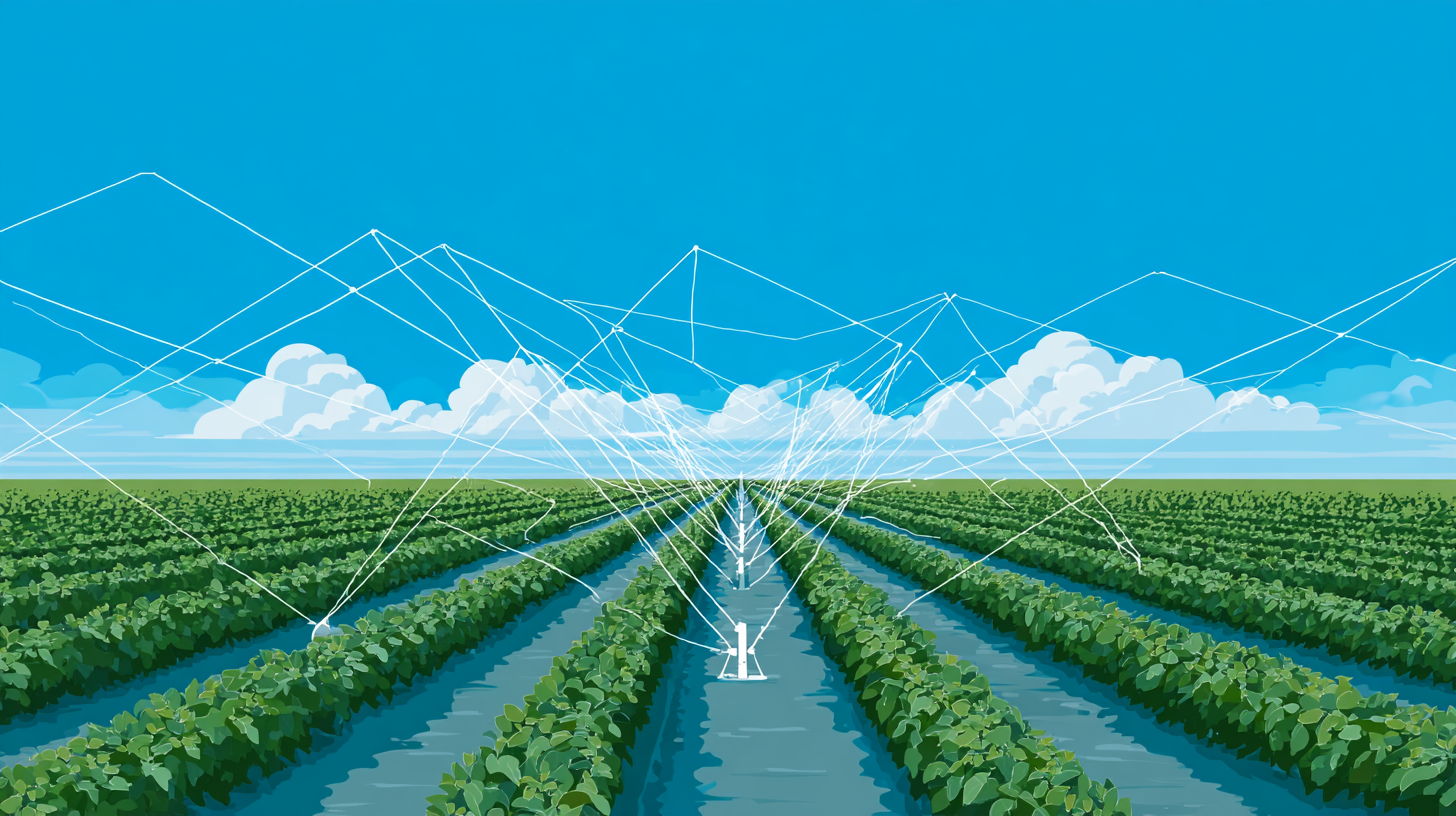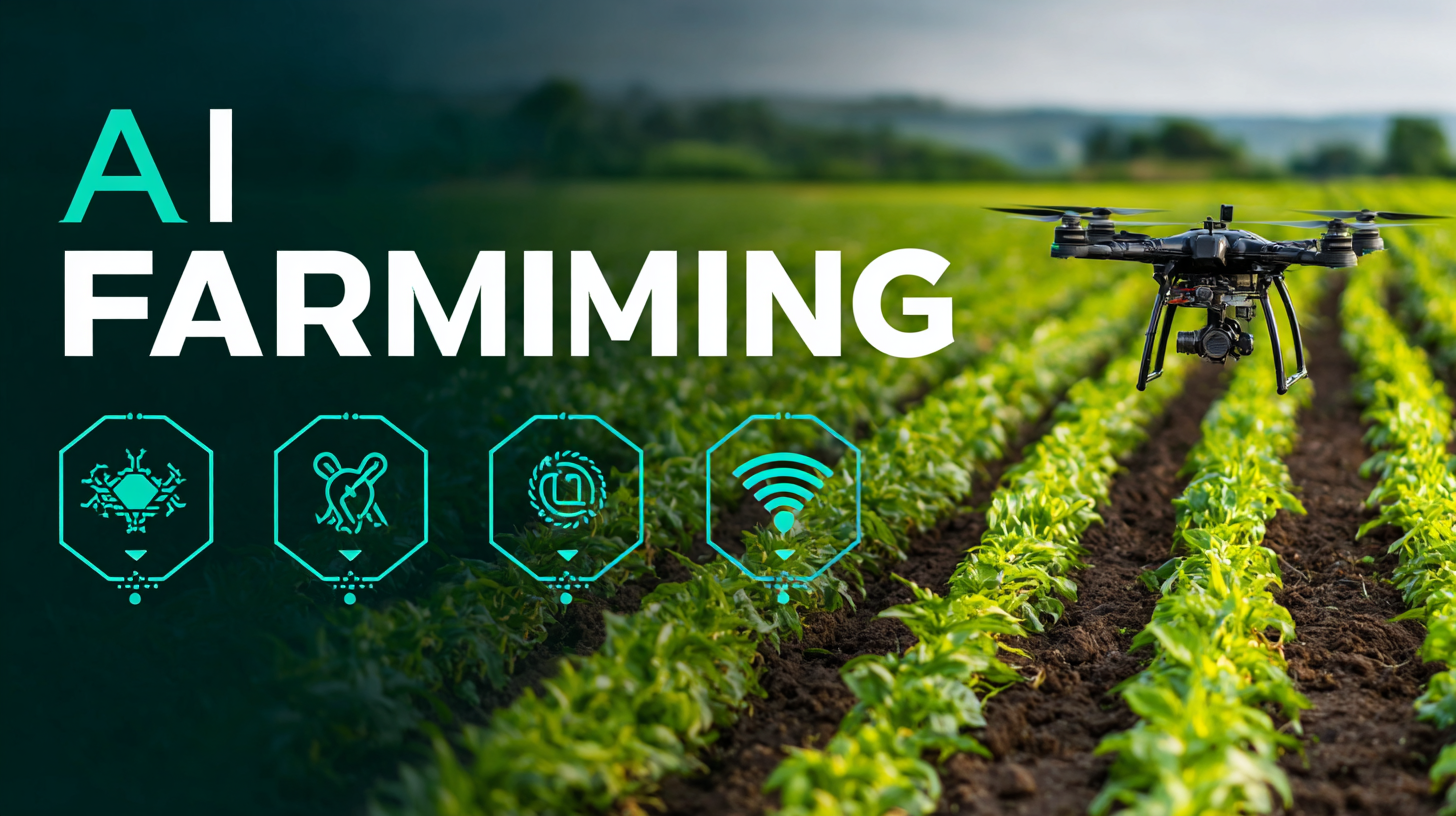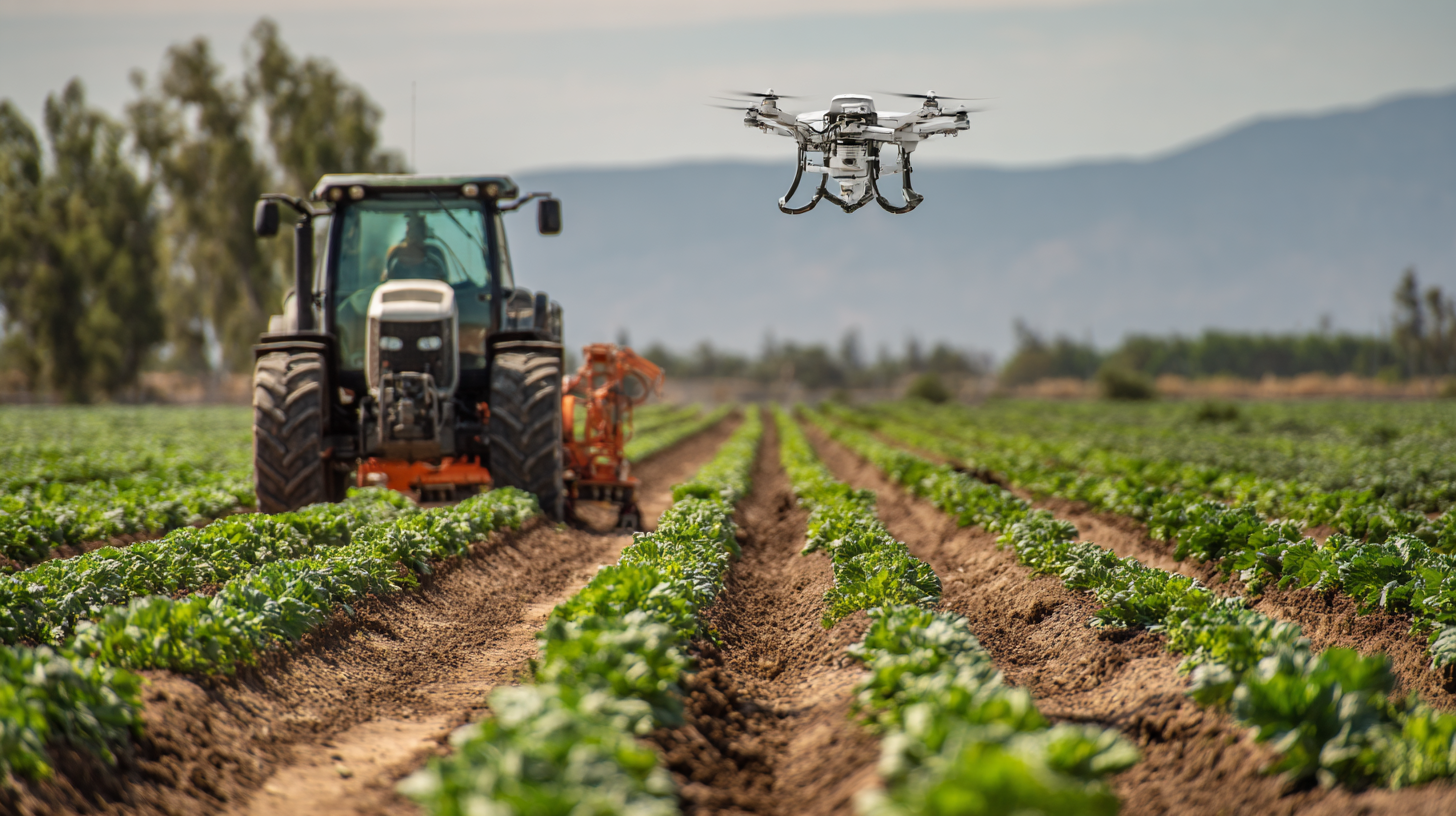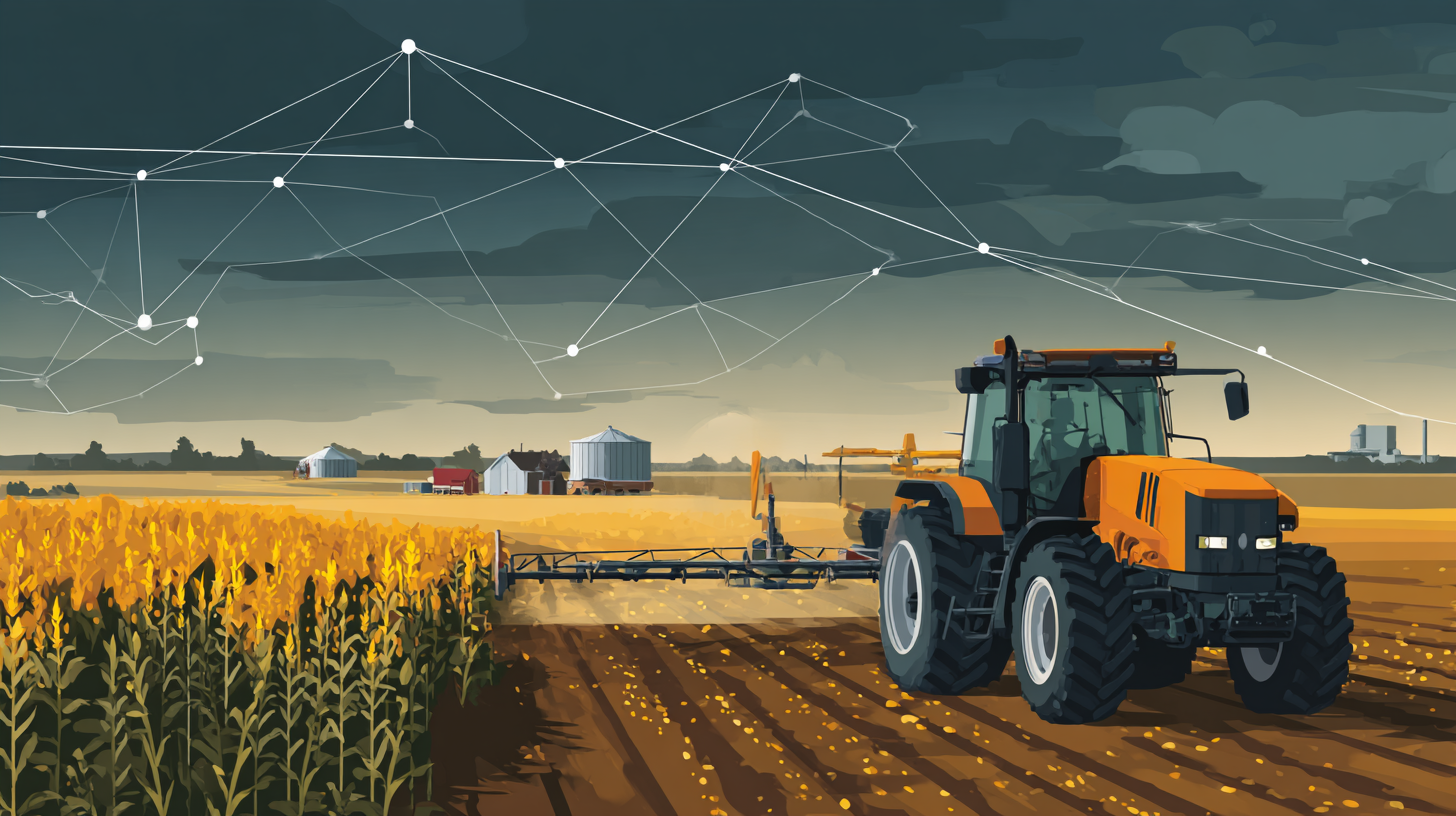
AI in Agriculture: Transforming Food Production with Technology
Agriculture has always been the backbone of human existence, providing the food necessary for survival and enabling social development. As the global population continues to rise, so does the demand for food, putting immense pressure on agricultural systems to keep pace. Luckily, with advancements in technology, particularly in artificial intelligence (AI), the world of agriculture is undergoing a significant transformation. You are about to explore how AI in agriculture is changing the game, making food production smarter and more efficient, ultimately paving the way for a sustainable future.
Understanding AI in Agriculture
Artificial Intelligence in agriculture refers to the use of machine learning algorithms, data analytics, and robotics to enhance farming practices and food production. You may wonder how these technologies can work in a field that has traditionally relied on human labor and time-honored techniques. The answer lies in the sheer volume of data generated in modern farming operations. With the integration of AI, farmers can analyze this data effectively, leading to informed decision-making that optimizes yields, reduces waste, and improves overall food quality.
The Rise of Smart Farming
As you consider the term “smart farming,” it evokes images of high-tech innovations working seamlessly with nature. Smart farming leverages IoT (Internet of Things) devices to collect data from various sources, such as soil sensors, weather stations, and drones. These devices continuously monitor the land and crops, providing real-time insights into the conditions necessary for optimal growth. By implementing AI systems that analyze this data, you can obtain actionable insights and recommend precise interventions—whether that means adjusting irrigation levels or predicting pest infestations before they become a problem.

Practical Applications of AI in Agriculture
AI is no longer just a concept for the future; it’s actively being integrated into agricultural practices today. You might be surprised to learn about some of the innovative applications reshaping the industry. From crop monitoring and precision agriculture to supply chain optimization, let’s delve into some of the practical ways AI is being utilized in agriculture.
Predictive Analytics for Yield Improvement
One of the most significant impacts of AI in agriculture is its ability to leverage predictive analytics for yield improvement. By forecasting weather patterns, market trends, and other critical factors, AI can help farmers make more informed decisions about what to plant and when. You can imagine being able to predict the yield of your crops based on historical data combined with current conditions—this helps in planning resources more effectively. With AI’s capabilities, farmers can minimize risks and maximize profits.
Automated Machinery and Robotics
The labor shortage in agriculture is a challenge many farmers face today. You may have heard of automated machinery and robotics, which have become essential in addressing this issue. Tractors can now be equipped with AI-driven systems to optimize routes and reduce fuel consumption. Additionally, drones can be programmed to monitor fields from above, identifying issues like pest infestations or nutrient deficiencies without the need for manual labor. This automation not only saves time but also enhances accuracy, leading to healthier crops and better yields.

Precision Agriculture
Have you ever wondered how some farmers manage to get the most out of their land? Precision agriculture uses AI’s analytical power to assess smaller plots of land individually. By understanding that not all sections of a field are the same, farmers can apply resources more efficiently. This means using water, fertilizers, and pesticides only where needed—reducing waste and minimizing environmental impact. You can think of it as treating your field like a collection of unique environments, each requiring tailored care.
Addressing Challenges with AI
While the promise of AI in agriculture is significant, it doesn’t come without its challenges. Understanding these obstacles can help you navigate through them more effectively.
Data Privacy and Security Issues
As agriculture becomes increasingly data-driven, concerns surrounding data privacy and security have been raised. You may worry about who has access to sensitive information generated on your farm or how that data is used. Establishing robust governance frameworks around data use is essential to ensure both transparency and security. This involves staying informed about the regulations affecting data collection and usage and working with trusted partners who prioritize data protection.
Initial Investment and Accessibility
Implementing AI-driven solutions in agriculture can be costly, leading some farmers to hesitate. You might find the initial investment daunting, especially if you’re a smaller operator. However, it’s crucial to consider the long-term savings and efficiencies that these technologies can bring. Furthermore, as AI becomes more mainstream, costs are likely to decrease, making it accessible for all types of farmers.

AI in Supply Chain Management
Beyond the fields, AI is making waves in agricultural supply chain management. You can think of this as the linchpin for managing the complex web of activities involved in getting food from farms to consumers.
Optimizing Logistics and Distribution
One of the most critical areas of focus in the agricultural supply chain is logistics. With the help of AI, you can optimize distribution routes and inventory management, ensuring that products reach markets without unnecessary delays or spoilage. AI systems evaluate real-time data such as traffic patterns and demand forecasts, helping you decide the most efficient ways to transport goods.
Reducing Food Waste
Food waste is a significant issue affecting the global food supply. AI can help combat this problem by predicting demand more accurately, aligning production with actual consumer needs. You can envision a world where AI assists in ensuring that produce is harvested and shipped when it will be most valued, reducing waste at every step of the supply chain. This not only helps your bottom line but also makes a positive environmental impact.
AI and Sustainability
As the conversation around sustainable agricultural practices continues, AI emerges as a powerful ally. You might be eager to discover how AI can support environmental conservation while optimizing food production.
Smart Irrigation Techniques
Water scarcity is a growing concern in agriculture, particularly in regions vulnerable to drought. AI can optimize irrigation systems by assessing soil moisture levels and predicting water needs accurately. This means you can save not just water but also money, leading to more sustainable farming practices. Imagine being able to minimize over-watering while ensuring your crops thrive!
Pest and Disease Management
Another area where AI excels is in pest and disease management. By employing machine learning algorithms and computer vision, farmers can detect diseases and pests early. You may benefit from using AI to analyze images and identify problems before they impact crop health and yield. This proactive approach means not only healthier plants but also less reliance on chemical treatments, paving the way for more organic farming practices.
Future Trends in AI Agriculture
The landscape of agriculture is constantly evolving, and as technology advances, so does the role of AI in farming. You might be curious about some of the future trends shaping AI in agriculture.
Integration with Blockchain Technology
As you think about data management and transparency, AI’s potential integration with blockchain technology stands out. Combining these two powerful technologies could lead to improved traceability throughout the supply chain. Imagine being able to track the journey of your food from farm to table, providing consumers with unparalleled transparency and assurance about the quality and origin of their products.
AI-Powered Market Analysis
With the help of AI, market analysis will become increasingly sophisticated. You may find tools that analyze consumer preferences and market trends, allowing farmers to make smarter decisions about what to plant and when to sell. This kind of insight can lead to more resilient farming operations, better suited to meet the demands of an ever-changing market.
Conclusion
The integration of AI in agriculture is more than just a trend—it’s a necessity for transforming food production in the face of growing global challenges. As you explore this new landscape, keep in mind the incredible potential that AI has to enhance efficiency, sustainability, and ultimately, food security. You can harness these technologies to create a more productive and sustainable agricultural system.
If you found this article valuable, please clap, leave a comment, and subscribe to my Medium newsletter for more updates on AI and its transformative role in various industries. Your engagement helps us foster a deeper understanding of these technologies and their impacts on our world!
